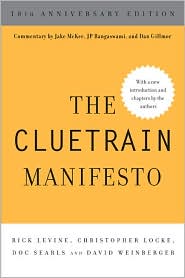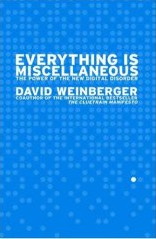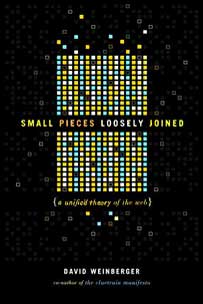December 15, 2008
Twalala for Twitterflittering
Mamamusings points to Twalala, which shows you your Twitter stream on your iPhone (of which I don’t have), but includes what look to be some useful filters. For example, you can “mute” someone who perhaps is twittering some event excessively (= me). You can use Twalala in your Web browser, too.








